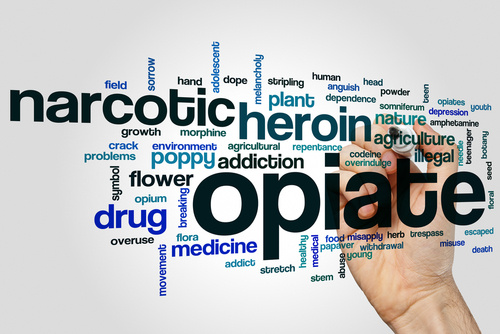What Are the Dangers of Detoxing at Home?
Detox is the process that rids one’s body of all foreign substances. Without cleansing one’s body of abused substances, an individual is effectively unable to begin to learn how to function when the substance is absent from his or her body. Hence, detox is an essential step in one’s recovery from substance abuse and/ or addiction. There are a variety of detox methods available for individuals in need, each with different levels and/ or kinds of support (e.g., quitting cold turkey, detoxing at home, supervised detox, medically supervised detox, medically assisted detox, etc.). There are several factors that contribute to which type of detox may best befit an individual beginning his or her treatment process. The type of drug abused, length of time an individual abused drugs, the potency of the substance abused, the frequency and amount abused, the personal health history of the individual whether or not the individual abused other substances simultaneously, as well as the presence of any co-morbid mental health disorders should all be considered when deciding which type of detox to undergo.
Withdrawal Symptoms
A large component of detox is the onset of withdrawal symptoms. Withdrawal symptoms occur as a result of one’s body reacting to the absence of a substance or substances to which it had previously become accustomed. The types of withdrawal symptoms, the severity of the symptoms as well as the duration of the symptoms will vary from person to person. Withdrawal symptoms are commonly physically uncomfortable, and in some cases painful. Some examples of withdrawal symptoms that may occur during detox could include but are not limited to the following, provided by the Substance Abuse and Mental Health Services Administration (SAMHSA):
- Nausea
- Vomiting
- Constipation
- Diarrhea
- Fever
- Headaches
- Increased heart rate
- Seizures
- High blood pressure
- Panic attacks
- Muscle pain
Typically, the onset of withdrawal symptoms will occur approximately six to twelve hours after one’s last ingestion of drugs and/ or alcohol. While the intense discomforts that may arise generally taper off after three days, withdrawal symptoms can last long after the acute detox process is completed.
Dangers Of At Home Detox
The at-home detox method is when an individual attempts to undergo detox at home without any medical supervision. At-home detox can be a viable option for individuals who are withdrawing from certain drugs (e.g., cocaine, amphetamines, etc.) as certain substances do not necessarily cause severe physical withdrawal symptoms, but at-home detox can be a highly dangerous option for individuals detoxing from other substances (e.g., alcohol, barbiturates, benzodiazepines, heroin, etc.). Although an at-home detox is feasible it is not uncommon for an individual to return to the use of his or her drug of choice due to the discomforts of the withdrawal symptoms. Each individual is different and each will experience varying combinations and intensities of withdrawal symptoms. It is important to note that individuals who undergo detox at home place themselves at greater risk for overdose.
For Information and Support
Substance abuse and addiction can be incredibly dangerous and can result in severe short and long-term consequences. If you or someone you know is suffering from substance abuse or addiction, please get help as soon as possible. The earlier you seek support, the sooner you and your loved ones can return to leading happy, healthy, and fulfilling lives. There is no reason to go through this alone, and we are here to help. Please feel free to reach out to us for further information or with any questions regarding substance abuse or addiction. We are available anytime via telephone at: 213-389-9964, or you can always email us at: info@friendlyhousela.org.



